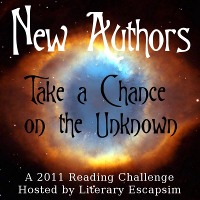My City, My Los Angeles by Jeryl Brunner, author of My City, My New York (my review), is another book, published in April 2013, that offers some stunning sights and out-of-the way places for tourists to visit. In Los Angeles, Brunner finds that the actors, actresses, and other celebrities that live there have a lot of advice and stories to share. Shaun White and Luanne Rice are just some celebs offering their advice in the section on Beaches, Gardens, Hideaways, and Secret Spots, while Lisa Ling and Josh Groban are among those offering advice on the best places to eat. There’s also advice from nocturnal places to stores, markets, and spas, and sexy spaces to saunters, sails, rides, hikes, and drives. What’s interesting is that more than one celebrity has said that it takes about 20 years to get used to living in Los Angeles, including Ruth Vitale.
For a newbie to Los Angeles, Brunner’s guide will likely make them feel like an insider, while still ensuring that they hit all the top touristy spots. In addition to information about each location discussed by the celebrities, readers are given an inside look into the impressions and reasons why celebrities enjoy a particular space and what that space provides them. Molly Shannon says about the Annenberg Community Beach House, built by William Randolph Hearst for his mistress, “I love the idea that I’m swimming in the mistress’s pool.” (page 4) Readers will enjoy the back stories as actors and others talk about how they came to Los Angeles, and how they take stay-cations with their spouses to enjoy the sights around them that they normally don’t get to see because they are too busy.
“Pink’s has the best hot dogs. I like the spicy polish because I’m spicy Polish,” says Richard Dreyfuss. (page 37)
From producers to city councilmen, Brunner has interviewed a wide range of Los Angeles residents to ensure readers get the most varied information possible. What’s clear from all of these accounts is that LA is right in the middle of everything from beaches to mountains and hiking as well as museums, gardens, some of the best food, and more. In the more category is the one story of how Celebrity Autobiography began with Eugene Pack and Dayle Reyfel just reading out loud at a fun space from memoirs of celebrities for fun, and then it grew organically from there. This story and others seem to be a testament to how artists can create fun and a rewarding project without realizing it — all in a space devoted to nocturnal fun, mingling, and most likely drinking.
One of my favorite openings to a section is in Stores, Markets, & Spas, where Brunner quotes Patti Smith’s plea that we not abandon the paper book and Natalie Compagno’s connection to books from a young age and her determination to buy a closing bookstore devoted to books on travel. Readers will want to sink into Mandy Patinkin’s Beverly Hot Springs and visit any of the farmer’s markets in the LA area, as well as the unforgettable The Cheese Store of Silver Lake.
My City, My Los Angeles by Jeryl Brunner will make readers’ mouths water for the food in the city and for the relaxation to be had on the beaches and in the mountains. But more than that, she provides an insider’s look at an American icon. It makes me want to visit LA, how about you?
***Now I’d love to see one about Washington, D.C.***
About the Author:
For author and journalist, Jeryl Brunner, a good interview is like a tango – complex, soulful, fiery, exciting and illuminating. And she’s been dancing for years, contributing to a variety of publications including O, the Oprah Magazine, National Geographic Traveler, Travel + Leisure, Delta Sky, Elle.com, ForbesTraveler.com, Four Seasons, People, Us Weekly, Brides, Parade, AOL and Huffington Post.
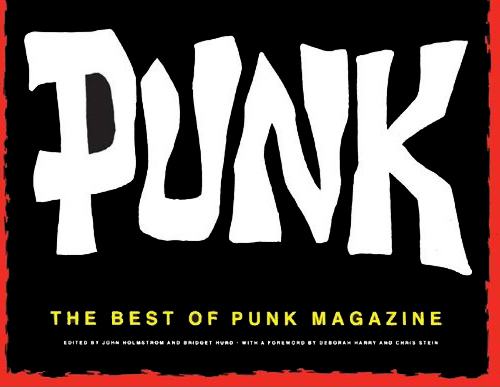
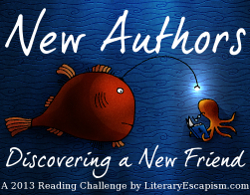

 But then I made the Chocolate frosting from the recipe for on top of the marshmallows. The recipe called for 2-3 cups of powdered sugar, but I found out quickly that 2 cups was too little because the frosting was soupy, so I had to make it 3 cups for the right consistency. Once I got the frosting made, i spread it on top of the marshmallows (which I really didn’t need the whole bag of).
But then I made the Chocolate frosting from the recipe for on top of the marshmallows. The recipe called for 2-3 cups of powdered sugar, but I found out quickly that 2 cups was too little because the frosting was soupy, so I had to make it 3 cups for the right consistency. Once I got the frosting made, i spread it on top of the marshmallows (which I really didn’t need the whole bag of).
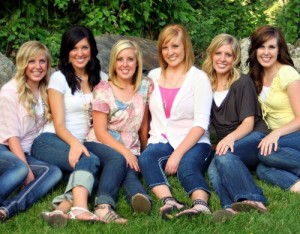





 About the Author:
About the Author: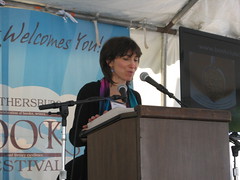 About the Authors:
About the Authors: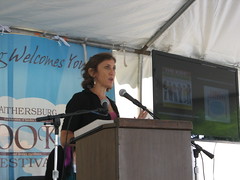 Table of Contents
Table of Contents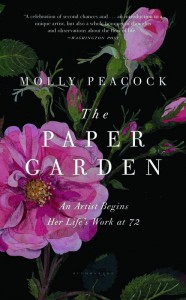
 About the Author:
About the Author:
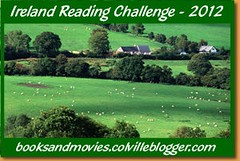

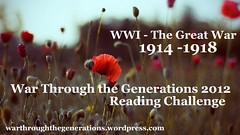
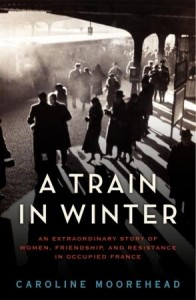

 About the Author:
About the Author: